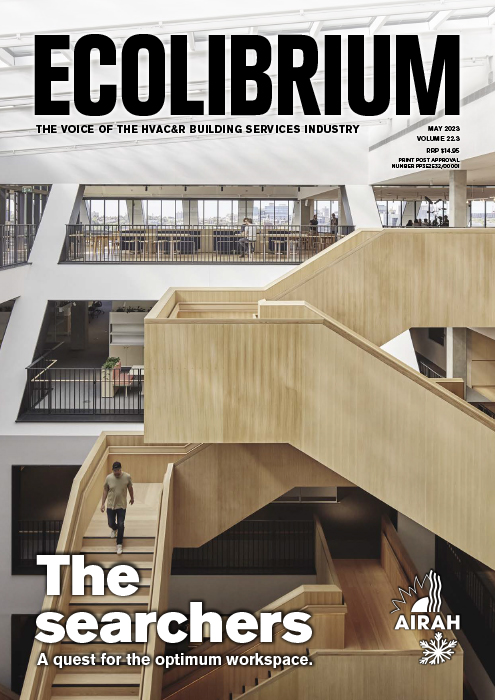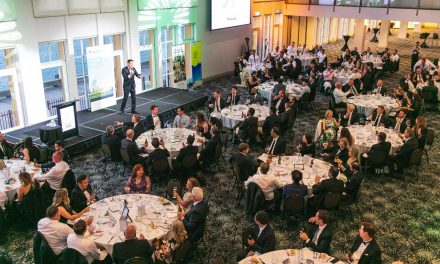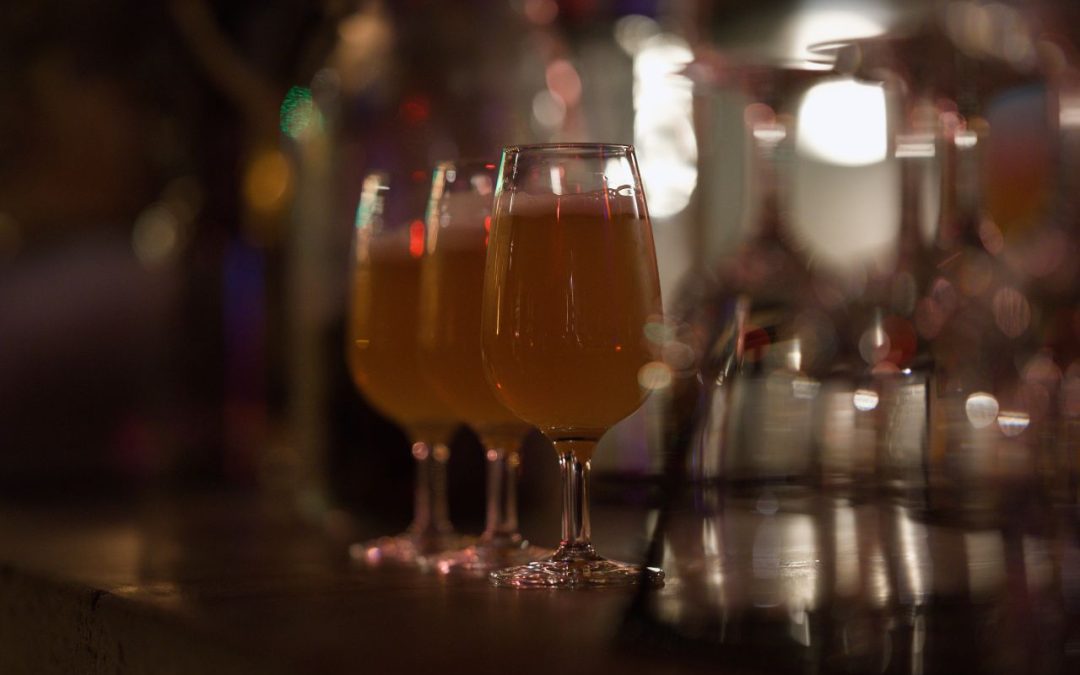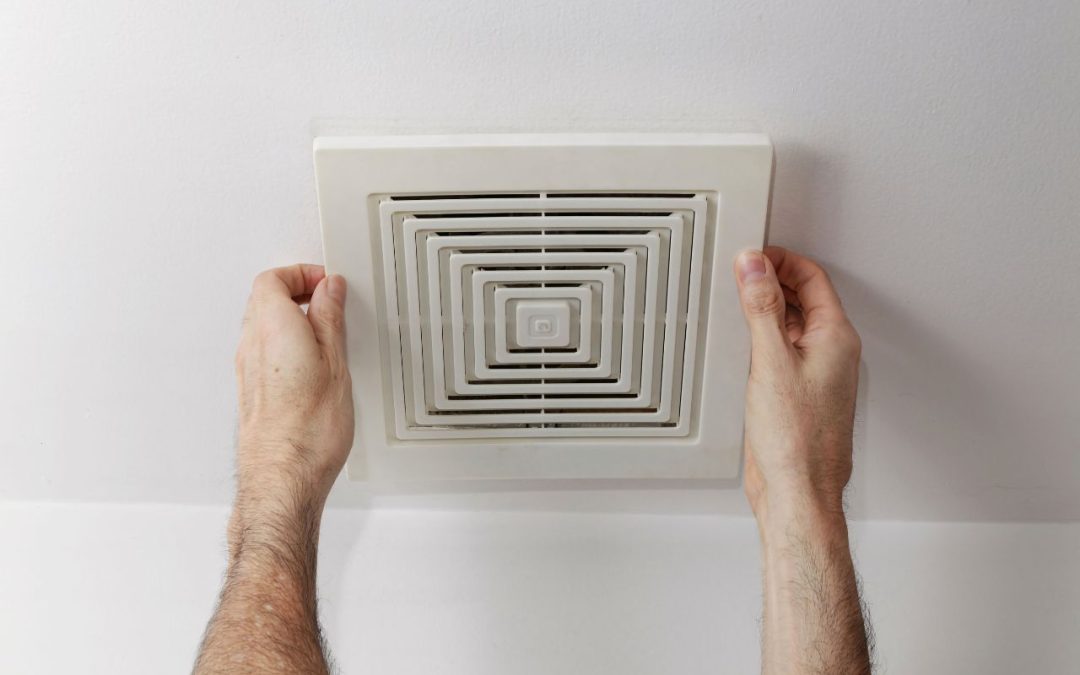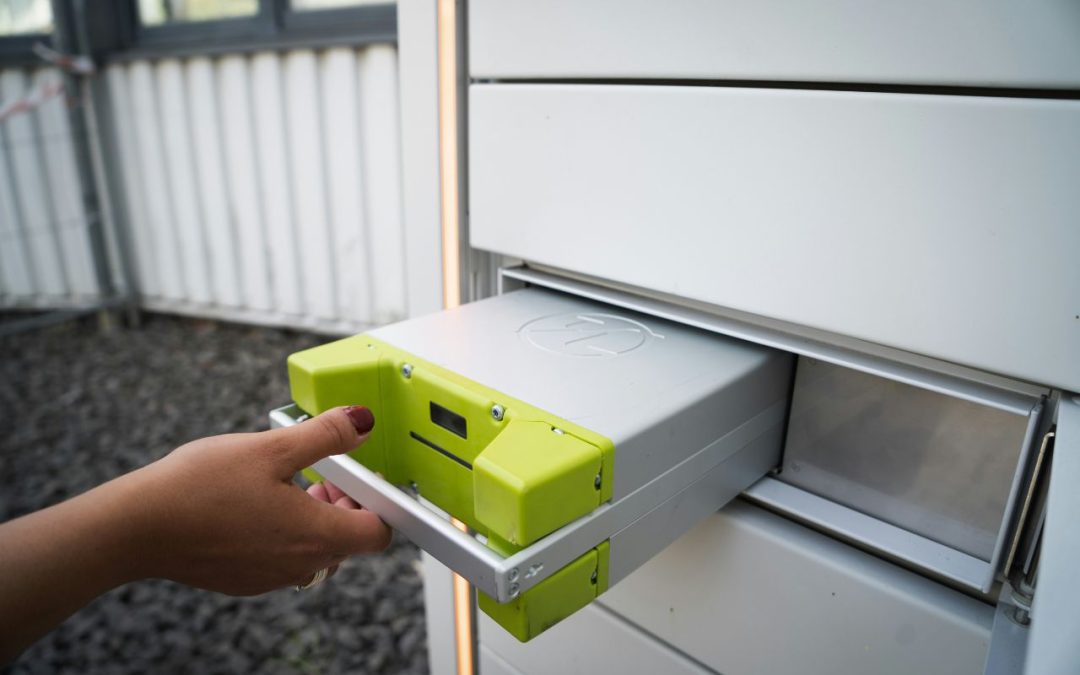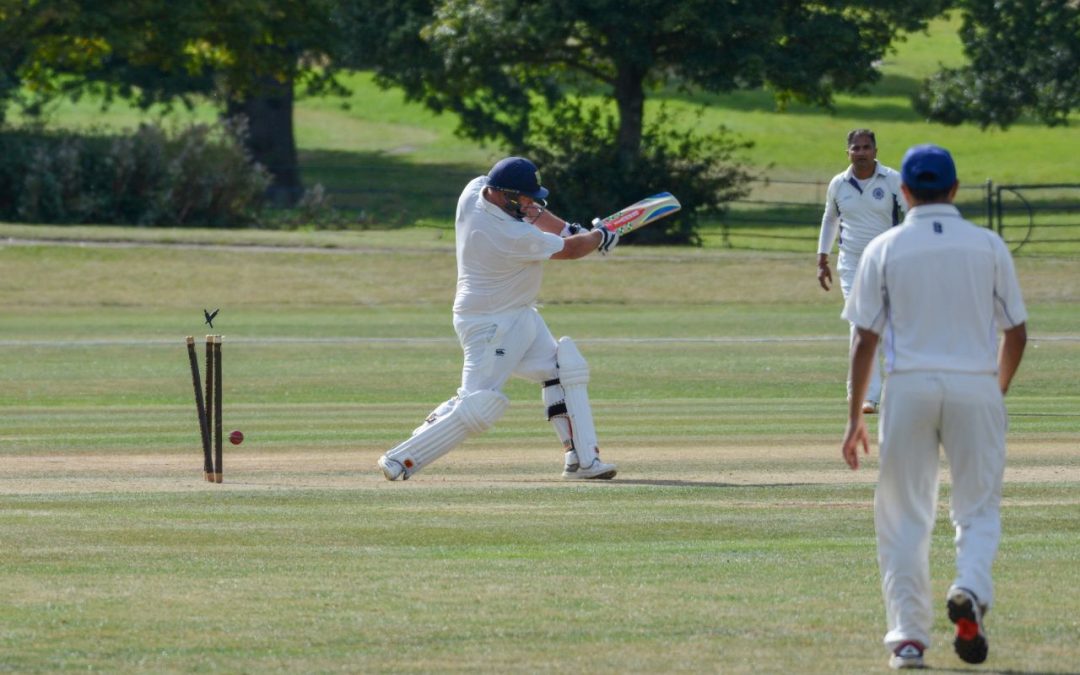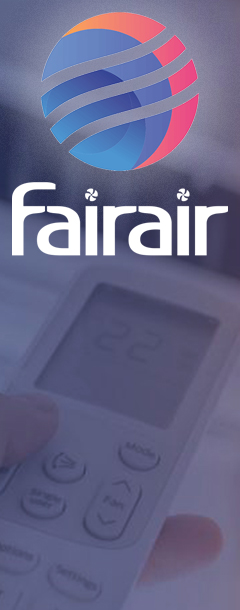Recognising performance that goes above and beyond doesn’t always have to be expensive, writes Dr Gayle Avery. But it does have to be executed properly and appropriately.
You’d think that using rewards would be a cinch – just give someone some money or something else they value after they’ve done the right thing.
Essentially that’s right, but you can make many mistakes in using rewards, as those of us who’ve (mis)trained our pets to beg at the dinner table can attest to. We only meant to be kind when we first gave that cute puppy a piece of chicken at dinner.
What psychologists would tell us is that we were strengthening the last action the dog had engaged in before getting the treat, such as looking lovingly at us. What happens next? The dog pays more attention to the dinner table, repeats the cute action, and wins another food morsel. Before we know it, we’ve unintentionally trained the dog to beg at dinner.
Rewards can be equally powerful when used to reinforce the behaviours we want in our team members. But to use them most effectively, rewards need to be:
Given shortly after the behaviour has occurred or otherwise clearly linked to that behaviour. An example – someone who went an extra mile for a customer receives a customer service award.
Something valued by the recipient. This doesn’t necessarily mean money or a promotion, which is what most managers automatically think of. Rewards can be intangible, like praise or public recognition. At the other extreme, an airline ticket will probably not be very rewarding for an employee whose job entails flying interstate every week.
Rewards don’t have to be expensive. Three very powerful rewards that are almost free are:
Express appreciation – say thank you. One CEO was famous for leaving a signed post-it note of thanks on employees’ desks. It cost the business virtually nothing but meant a great deal to the employee concerned.
Recognise people’s contribution publicly – praise the person(s) responsible in front of the team. But whatever you do, don’t punish people publicly or attempt to take credit yourself.
Give people interesting work – assign people projects that they enjoy doing whenever you can. You’ll find that the unpopular jobs still get done, but less grudgingly when each individual knows that the manager tries to allocate them tasks they prefer.
Using rewards can easily go wrong, especially when you remember that rewards strengthen behaviour. The question is, which behaviour is being strengthened? Let’s look at a couple of common examples.
Saying nothing about undesired behaviour is actually rewarding it! You catch Joe playing computer games during work hours. What should you do? If you ignore the game playing, it sends a message to Joe (and the rest of the team) that the boss has seen him gaming at work and it is obviously OK. Over time, Joe keeps on playing at work whenever he can, and if you continue to ignore it, you strengthen this behaviour. And others may well start to join in.
Suggested action is to gently call the behaviour out: “Hey Joe, what are you doing? Let’s get back to work. Games are for home not work.”
A more subtle example is when Chris keeps coming to you for help with problems that she should be able to solve alone. What can you do? After all, you want to be a supportive manager. Indeed, if you help Chris each time she asks, you are being overly kind and supportive because the behaviour that is actually being rewarded is: “Whenever I have a problem, just take it to the boss. They’ll do my thinking for me”.
Next time, try something like: “Hey Chris, why don’t you have a go at fixing this yourself. You’ve done it before. If you have any questions, let me know.”
There’s a lot more to using rewards properly than meets the eye, as management researchers have shown us.
Like to know more?
Contact Gayle: Gayle.Avery@instituteforsustainableleadership.com
Find out more via instituteforsustainableleadership.com
